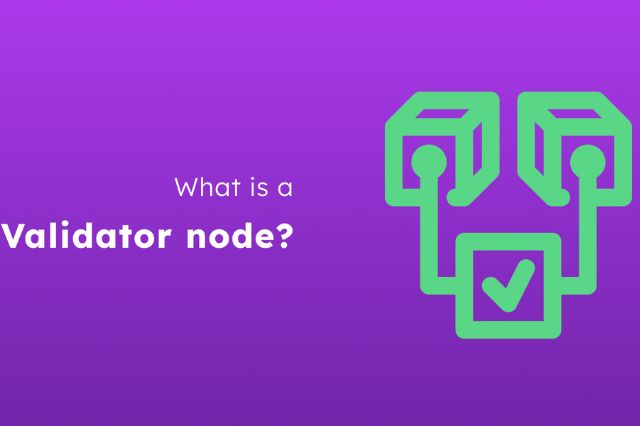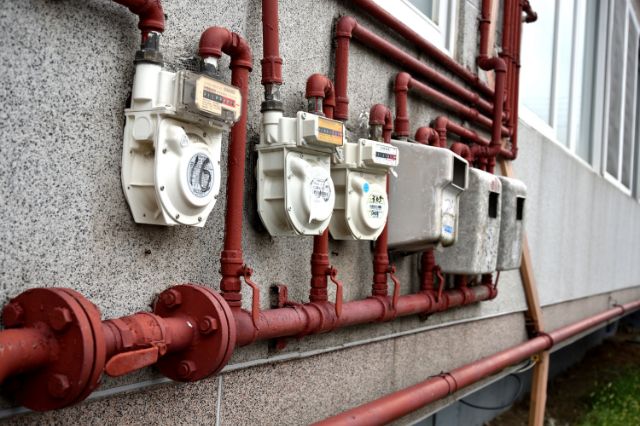Application area
The more actively blockchain technology is introduced into our lives, the more interest it arouses not only among IT specialists or users who want to make money from its use, but also among various companies and enterprises. Interest in the development and maintenance of blockchain infrastructure leads to the fact that companies are faced with the acute question of the necessary resources, technical capabilities and specialists.
At the same time, many companies prefer to cooperate with teams of professionals like https://dysnix.com/blockchain-validator-node who have a high rating in the market of web 3 architecture management service providers.
About validators
Increasingly, the concepts of “blockchain”, “nodes”, “validators” are mentioned inseparably from each other. Today we will talk briefly about validators and nodes. So, the concept of “validator” should be divided into two components – technical and humanitarian. The first component is the validator machine, which performs certain automatic functions after they have been initially configured and debugged. The other one is a human validator, who, in essence, is a kind of ambassador for the network.
This means that he is involved in supporting everything that happens on the network, for example, helping the development team with the production of some content on the network, organizing the necessary events, etc. The validator’s contribution is quite significant, both technical and creative, as a creator of his own projects. One of the most important tasks of a validator is to participate in the governance of the network and represent its delegators.
In other words, a validator is a participant in governance; he is an important figure when it comes to deciding whether something will be accepted or not accepted on the network. As a rule, the validator’s voice has significant weight in many decisions.
In the process of validator activity, there is such a thing as a task. These can be both technical and non-technical tasks, by completing which the validator can benefit the project and receive a certain number of points for this. These points are subsequently transformed into monetized bonuses. There is another type of validator activity – voting or proposal, which is a way to make changes to the operation of the network.
In the case of a standard software change, the developer writes new code, and after its approval, the product goes into production. In the case of blockchain, the pattern of changes will be different. It is necessary that all participants in the chain agree to the change. Validator can propose some changes to the network, which must be voted on by other validators. Such activity of both of them is also monetized.
About nodes
For the normal functionality of cryptocurrency, a decentralized network consisting of certain nodes is required. Any user device that meets the minimum requirements and has special software already installed can act as a node. Depending on the purpose of the node and the state of the network itself, a computer, tablet, mobile phone, physical or virtual server, as well as a mining farm can act as a node.
Servers are most widely used as nodes, because several nodes can be installed on one server for different projects. If the user uses a computer or other gadget as a node, then he must be confident in the stable functioning of the Internet.
If a user wants to take part in some projects, especially top ones, and receive a certain reward for this, it makes sense for him to install a node. And, of course, if a user wants to become a validator of the main network and receive commissions from completed transactions, then he also cannot do without a node. It should be noted that there are no restrictions on the number of nodes installed. The user can install either one node or several dozen nodes.
The most important thing that the user should evaluate before installing nodes is the following: will the project be needed and useful to people, what funds support this project, what kind of team and community does the project have on social networks, what is the tokenomics.
If users want to find a project to install nodes, they can use special search guide sites. The algorithm of actions when searching for a project to install nodes is as follows:
– select the project you like on the guide website;
– in the project description, read the minimum requirements;
– if the project description contains a guide for installing nodes, go to this guide;
– follow the instructions on the procedure for installing nodes;
– if you need to translate the description into the desired language, you can use the translator function, and if this function is not available, install the translator yourself;
– it is necessary to remember that when launching different nodes there may be a different order of actions.






